Two Fish was eager to move along after our long stops in the Upper Chesapeake. Our pace is slowed by weather, visitors and cool places to explore. The cooling weather is a constant reminder that we need to keep heading South, even if we are having a fun time. Jason’s need to be at sea is also a force that causes the anchor to be weighed or the dock lines cast.
Being Maritime Museum addicts, our next stop was the dock at the St. Michael’s Maritime Museum. St Michael’s is a great little town for cruising – nice harbor, walking distance to restaurants and grocery and friendly people. As a bonus, since we were docked on the museum grounds, we were able to wander in and out of the exhibits over several days. As much as we enjoyed the walk-on/walk-off aspect of the pier, we always have to be a bit more careful tying up to a pier, since the boat’s contact points will change with the tide and we would like to keep her gelcoat on.
Here are a couple of tips we have learned about tying up. The bow line should be a bit loose to allow boarding via the stern of the boat. A tight bow line pulls the bow towards the dock and forces the stern away. Try to find a cleat for the bow line and stern line that is directly abreast of the boat’s cleat. These lines will pull the boat closer to the dock. At midships use two spring lines. One leading forward from midships prevents the boat from going backwards and the one leading backwards prevents the boat from moving forward. The dock cleats should be chosen so they are 15 or more feet from the midship cleat. If you are on a dock with pilings that stick out, then make the springs very tight and the boat will not move forward or aft. If you are on a pier (fixed dock) then find out what the tidal range is. All four lines should be 3 times longer than the tide. This means that on a pier, the bow and stern lines will not be lined up with the nearest cleat. They need wider angles to survive a tide cycle. In these cases, adding lines from the outside cleats to the dock will hold the boat close for boarding while still allowing for the tidal changes. Fenders can be attached vertically or horizontally depending on the situation. We have also discovered the power of the ball fender and have two on board for docking. Maybe a full post on this topic later.
- Original Lighthouse
- Lightkeeper Notes
- Comfy inside Lighthouse
- View
- Vista to River
- Local Boat
Some visitors thought that we were part of the Marine Museum, but we told them they would have to pay extra for the traveling exhibit. My only disappointment at the museum was the Waterfowl exhibit. Jason had promised the exhibit would be full of Retriever facts and photos, but instead it was filled with guns and bird decoys. He had been fooled by the statue of a Chesapeake Bay Retriever outside the exhibit building. I learned that the Chesapeake Bay Retriever was descended from two Newfoundlands, rescued from a ship and subsequently bred with local hounds and spaniels.
- Luring Ducks
- Hunter in Blind
- Hunting Licenses
- Guns and more Guns
- They also ate crabs
We did not visit the local crab house because it wasn’t supposed to be great. Also I was maintaining my crab ban in order to hasten the removal of the annoying crab pots from the bay.
- Traveling Exhibit
- Early Days
- Careful
- Model Boats
- Crab Claw
- Old Days
- Figurehead
- Beautiful Wooden Boat
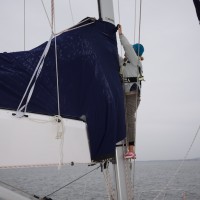
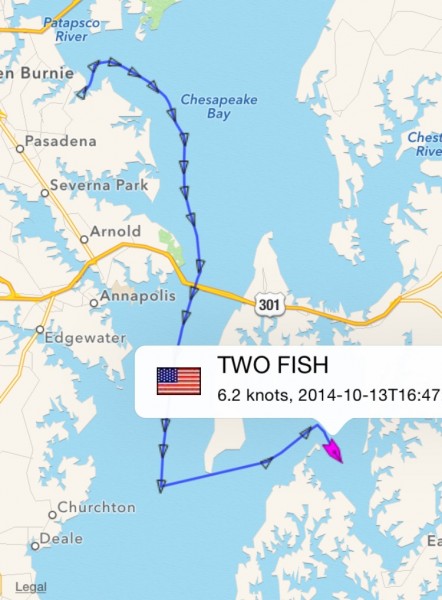
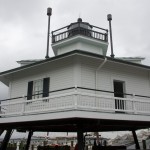
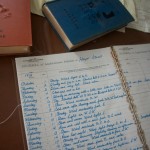
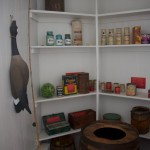
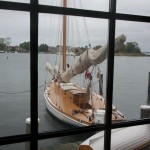
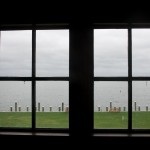
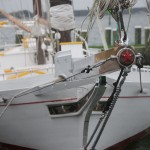
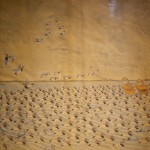
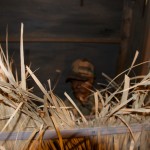
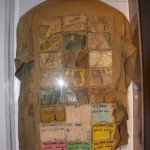

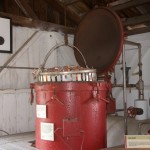
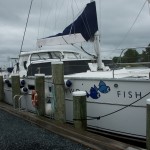
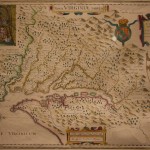
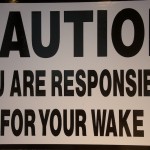
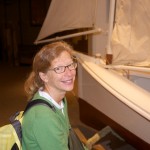
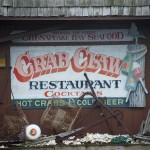
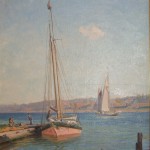
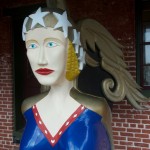
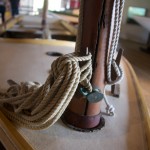
Comments are closed.